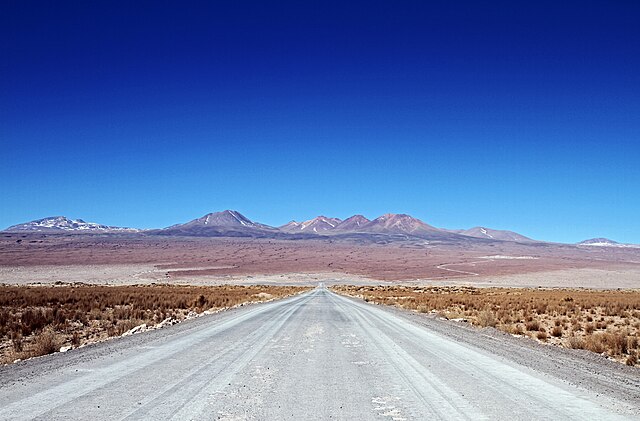Highlands or uplands are areas of high elevation such as a mountainous region, elevated mountainous plateau or high hills. Generally, upland refers to a range of hills, typically from 300 m (980 ft) up to 600 m (2,000 ft), while highland is usually reserved for ranges of low mountains. However, the two terms are interchangeable and also include regions that are transitional between hilly and mountainous terrain.
Glen Affric in the Scottish Highlands
Puncak Jaya is the highest mountain in Indonesia and Oceania
In geology and physical geography, a plateau, also called a high plain or a tableland, is an area of a highland consisting of flat terrain that is raised sharply above the surrounding area on at least one side. Often one or more sides have deep hills or escarpments. Plateaus can be formed by a number of processes, including upwelling of volcanic magma, extrusion of lava, and erosion by water and glaciers. Plateaus are classified according to their surrounding environment as intermontane, piedmont, or continental. A few plateaus may have a small flat top while others have wider ones.
Satellite image of the Tibetan Plateau between the Himalyan mountains to the south and the Taklamakan Desert to the north
The Pajarito Plateau in New Mexico is an example of a volcanic plateau.
Road to the ALMA's Operations Support Facility and then on further to the Chajnantor Plateau at 5,000 metres above sea level.





